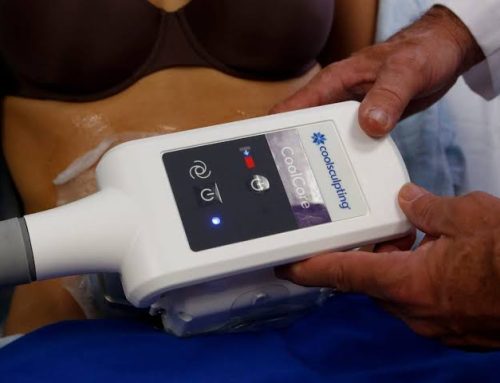Introduction
For individuals considering breast augmentation or breast reconstruction, the question of how long breast implants last is a natural concern. There are common misconceptions surrounding the necessity for replacement, often leading to the belief that breast implants must be changed every 10 years. In this article, we will explore the actual lifespan of breast implants, the reasons they may need replacement, and what happens to breast implants over time.
How often do breast implants need to be replaced?
Breast implants are not lifetime devices. While an average lifespan of 10-15 years is often cited, there’s no magic to the 10-year mark. Implants do not require replacement unless a specific issue arises. The idea that they must be changed out on a predetermined schedule, like an oil filter, is a misconception. In reality, if you’re not experiencing problems with your breast implants, there’s no need for replacement. Most often, breast implants last, on average, 10-15 years or more.
![]()
How do I know when my breast implants need replacing?
Breast implants may need replacement primarily for two reasons:
- Breast Implant Rupture:
- Rupture can occur due to various factors, with the most common cause being the passage of time. Breast implants wear out, leading to shell cracks and eventual rupture.
- The rate of rupture increases over time, with a rough estimate suggesting that 1% of women may experience a rupture per year the implant is in place.
- Saline implant ruptures are easily detectable as the breast gradually decreases in size when the saline is absorbed by the body. Silicone gel implant ruptures may be less obvious, leading to the term “silent rupture.”
- Capsular Contracture:
- Capsular contracture occurs when scar tissue forms around the implant, making it firm and potentially painful.
- The incidence of capsular contracture varies but is generally around 10%. It is more common in cases of breast reconstruction or when a history of capsular contracture exists.

What happens if you don’t replace breast implants?
If breast implants rupture or develop capsular contracture, it’s advisable to address the issue. Leaving a ruptured implant in place, whether silicone or saline, can potentially cause inflammation or discomfort. While there are no formal studies on what happens if ruptured implants are left untreated, it is generally recommended to remove the implant in such cases.
Regarding capsular contracture, although there is no medical necessity to remove the implant as long as it remains intact, most women choose to do so to alleviate discomfort.
What happens to breast implants over time?
Breasts, whether with or without implants, naturally undergo changes over time. Factors like weight fluctuations, pregnancy, breastfeeding, and aging can all impact breast size, shape, and skin elasticity. Breast implants can influence these changes, with larger implants causing more skin stretching.
When considering implant removal, it’s important to understand that breasts will likely appear different than they did before augmentation. This is due to a combination of skin stretching from the implant and the natural aging process. Some individuals opt for a breast lift when removing implants to address these changes.
Disclaimer: The content on this blog is intended for general informational purposes only. It is not a substitute for professional medical advice, diagnosis, or treatment. Always consult qualified healthcare providers for personalized advice. Information regarding plastic surgery, dental treatment, hair transplant, and other medical procedures is educational and not a guarantee of results. We do not assume liability for actions taken based on blog content. Medical knowledge evolves; verify information and consult professionals. External links do not imply endorsement. By using this blog, you agree to these terms.










